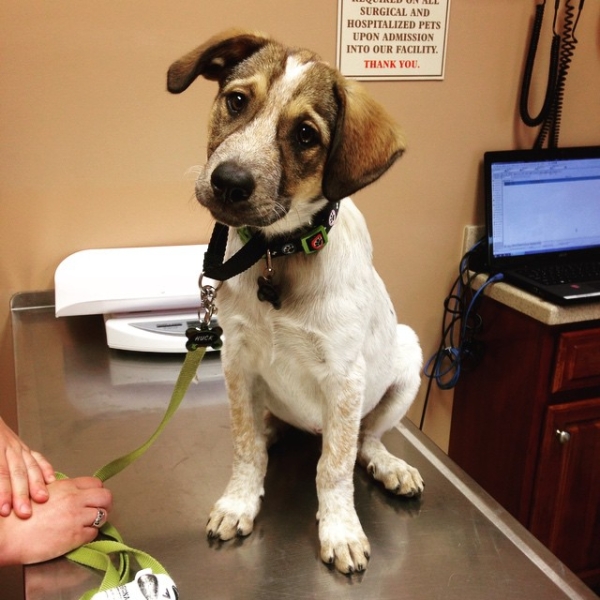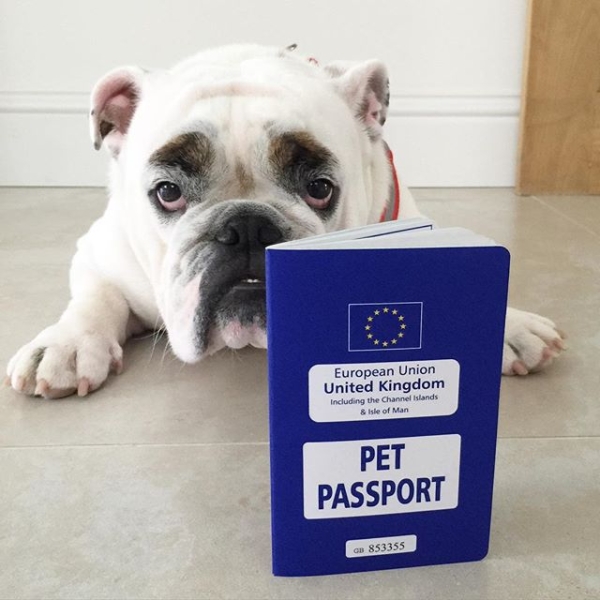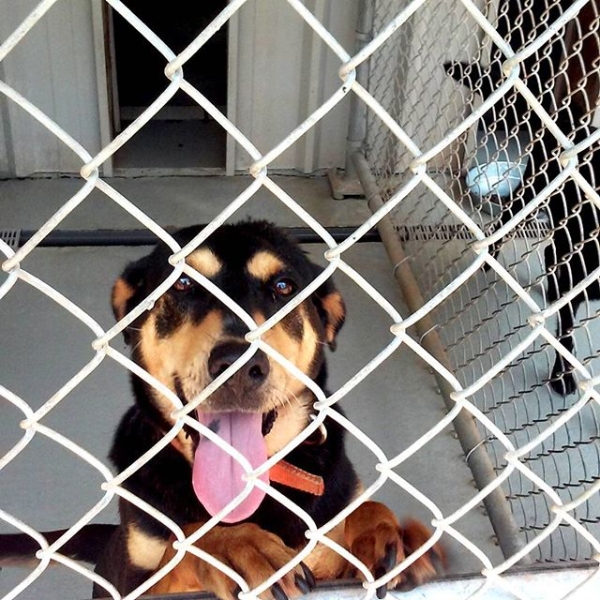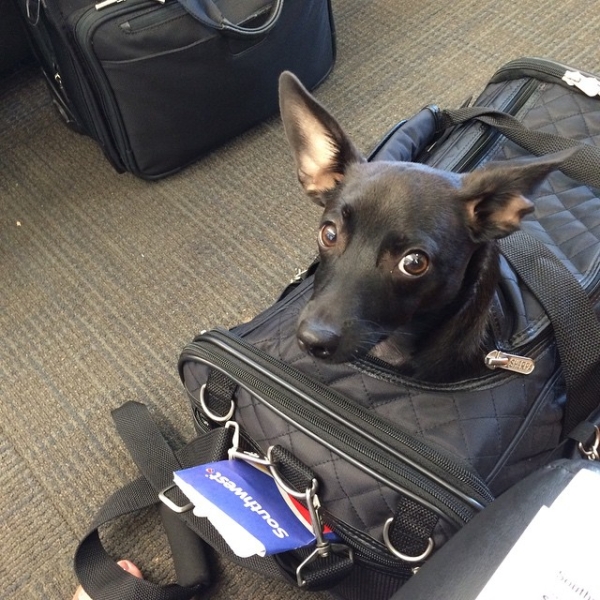When Australia threatened to euthanize Johnny Depp’s dogs, it did more than spark a global outcry. For one, it incited awareness of the rules and regulations some countries require when entering a country with a pet. From microchips to mandatory quarantines, for first time travelers, it can all seem a little overwhelming. Thankfully, we did all the dirty work for you. Here’s a complete guide of everything (and we mean everything) you need to know about traveling internationally your pup.
Note: This guide mostly pertains to air travel. Those traveling by train, boat, or dragon should consult your destination’s embassy for more information on pet traveling.
Step 1: Find out if you’re in a rabies-free country or a rabies-controlled country
The reason regulations for entering a country with a pet are so strict (and why Australia was so mad at Johnny Depp) all comes down to rabies. Rabies-free countries obviously need to keep their country rabies-free, while rabies-controlled countries need to keep the disease from further spreading.
If you’re traveling from a rabies-controlled country to a rabies-free country, your dog isn’t going to have an easy time getting past customs. However, if you live in a rabies-free country, the process of entering countries with a dog is a lot less burdensome. You can check out a list of rabies-free and rabies-controlled countries here.
Step 2: Get your pet microchipped and vaccinated
Although every country has different regulations, the majority (if not all) require your pet to be implanted with a 15 digit and non-encrypted microchip. Next, if you live in a rabies-controlled country, your pet must be vaccinated for rabies at least 30 days prior to entering the country. It’s important to note that dogs who have been previously vaccinated but not microchipped must be vaccinated for rabies again AFTER the chip is implanted.
Some countries require more vaccinations than just rabies. For example, the UK, France, Spain, Germany, and Italy all require pets to be vaccinated for distemper. And in Australia your dog must be vaccinated for para-influenza, bordetella, canine influenza, and be treated for brucellosis, ehrlicia canis, leishmaniosis, and leptospirosis. So it’s a good idea to check what your destination’s vaccine requirements are before departing. You can find a list of these requirements for each country via the US Department of Agriculture’s website.
Step 3: Request a veterinary health certificate and/or pet passport
All countries require a veterinary health certificate to be filled out prior to departing, and each one is a little different. If you’re unsure of what documents you need, contact your destination country’s embassy to obtain copies of all necessary veterinary paperwork (usually a bilingual health certificate). After obtaining one, have your vet fill it out within 10 days of entry. If traveling from the U.S. or Canada, the certificate must be endorsed by a USDA or CFIA accredited veterinarian.
If you live in Europe, traveling with a pet is ten times easier. European dog owners can bypass mandatory health certificates for a pet passport instead. That’s right, an actual passport (with a picture and everything!) just for your dog. Those with pet passports can travel freely within the European Union with their pup in tow, which means those dreams of biking through Paris with a basket full of dogs and baguettes are now feasible.
Step 4: Find out if quarantine is mandatory
Quarantining a pet is by far the scariest part of international travel and is the part that makes pet owners the most wary. The good news is most countries do not quarantine pets if steps 1-3 are followed. However, countries with stricter regulations have crazy quarantine requirements that can be as short as seven days to as long as six months (thanks, Japan). To find out if your destination country has quarantine requirements, consult the USDA’s website or contact the country’s embassy.
Step 5: Is your dog a banned breed?
There are some breeds countries won’t allow in their countries because they’re deemed “violent.” These breeds won’t be allowed to enter the country regardless if steps 1-4 were followed. Most countries will send the dog back at your expense or, worst case scenario, even euthanize the dog. Although each country is different, the most common banned breeds are Pit Bulls, Rottweilers, Staffordshire Bull Terriers, Dogo Argentinos, Japanese Tosa Inus, Fila Brasilieros, and Neapolitan Mastiffs.
Step 6: Other miscellaneous requirements
After researching the requirements for your destination country, you might realize they require additional steps, like import permits and blood titer tests. Countries like France, Australia, and the Bahamas require import permits. If you’re traveling from a rabies-controlled or high-rabies country, most countries require your dog to take a blood titer test as well. Import permits and blood titer tests aren’t always mandatory, so make sure to do your research first.
Step 7: Coordinate logistics with your airline
Last but not least, call your airline and ask them what necessary steps you need to take when traveling with your dog. Depending on your dog’s size, your dog might be allowed to ride with you in the cabin. Otherwise, your dog will be riding in the cargo hold. When flying to another country, some countries have strict stipulations on receiving animals, especially if you’re transferring through a country with stricter regulations than your destination country.
It’s also important to note that some international airports do not accept domestic animals, which means you’ll need to make sure you’re arriving at an import-friendly airport. There’s a lot of rules and red tape that’s specific for each airline, so the easiest way to navigate this is to simply call and ask.
Once you have your ticket, your paperwork, and your dog, you’ll be ready to go. Happy travels!
Featured image via @dogandhouse













